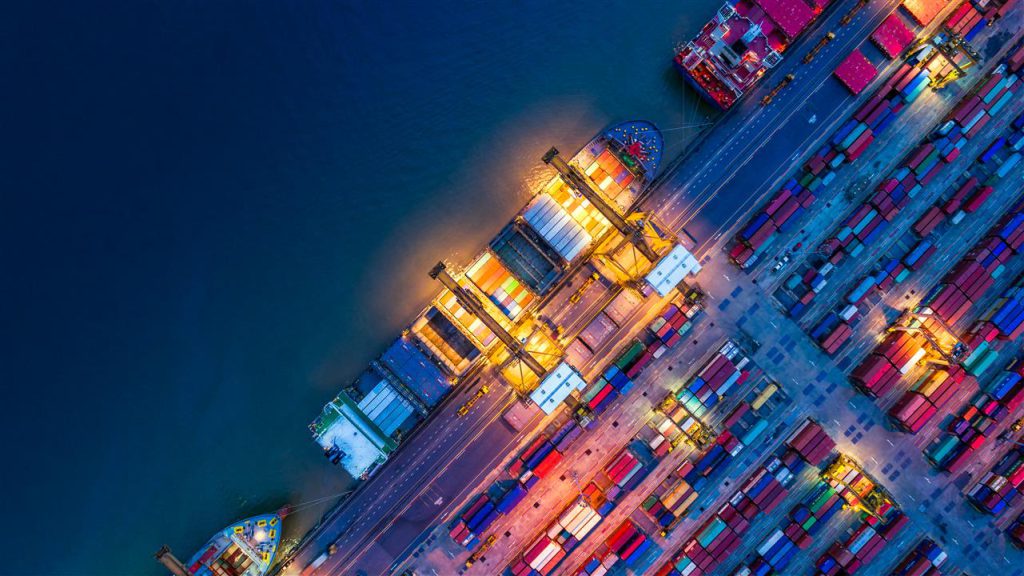Starting in late 2025, companies established in the EU will gain access to a powerful new customs simplification: Centralised Clearance (CC). Under CC, businesses can submit customs declarations in their home Member State, even when goods are entering the EU via another Member State. This streamlines the declaration process and reduces administrative complexity across the supply chain.
What is Centralised Clearance?
CC is part of the EU’s broader efforts to modernize and harmonize customs procedures. It applies to both import (CCI) and export (CCE) flows, and it divides responsibilities between two customs offices:
-
Supervising Customs Office (SCO) – your national customs office, where declarations are lodged and compliance checks occur.
-
Presentation Customs Office (PCO) – the customs office in the Member State where the goods physically arrive, responsible for inspections and national rules (including veterinary/phytosanitary).
Key conditions & deadlines
-
You must hold an AEO-C (Customs Simplifications) status.
-
A dedicated CC licence must be requested via your national customs portal (in the Netherlands: CDMS) starting August 2025.
-
The licence must specify the Member States and locations involved.
-
Customs authorities will coordinate inspection agreements between countries.
-
Roll-out will begin with basic import flows, followed by export procedures in 2026.
Why it matters for your business
-
One central customs contact point in your own country.
-
Faster clearance and reduced need for transit procedures.
-
Cost and time savings thanks to streamlined administration.
-
Enhanced compliance oversight.
Be prepared
CC affects internal IT systems, record-keeping, and customs workflows. We advise businesses to start reviewing their processes now to ensure readiness by late 2025.

